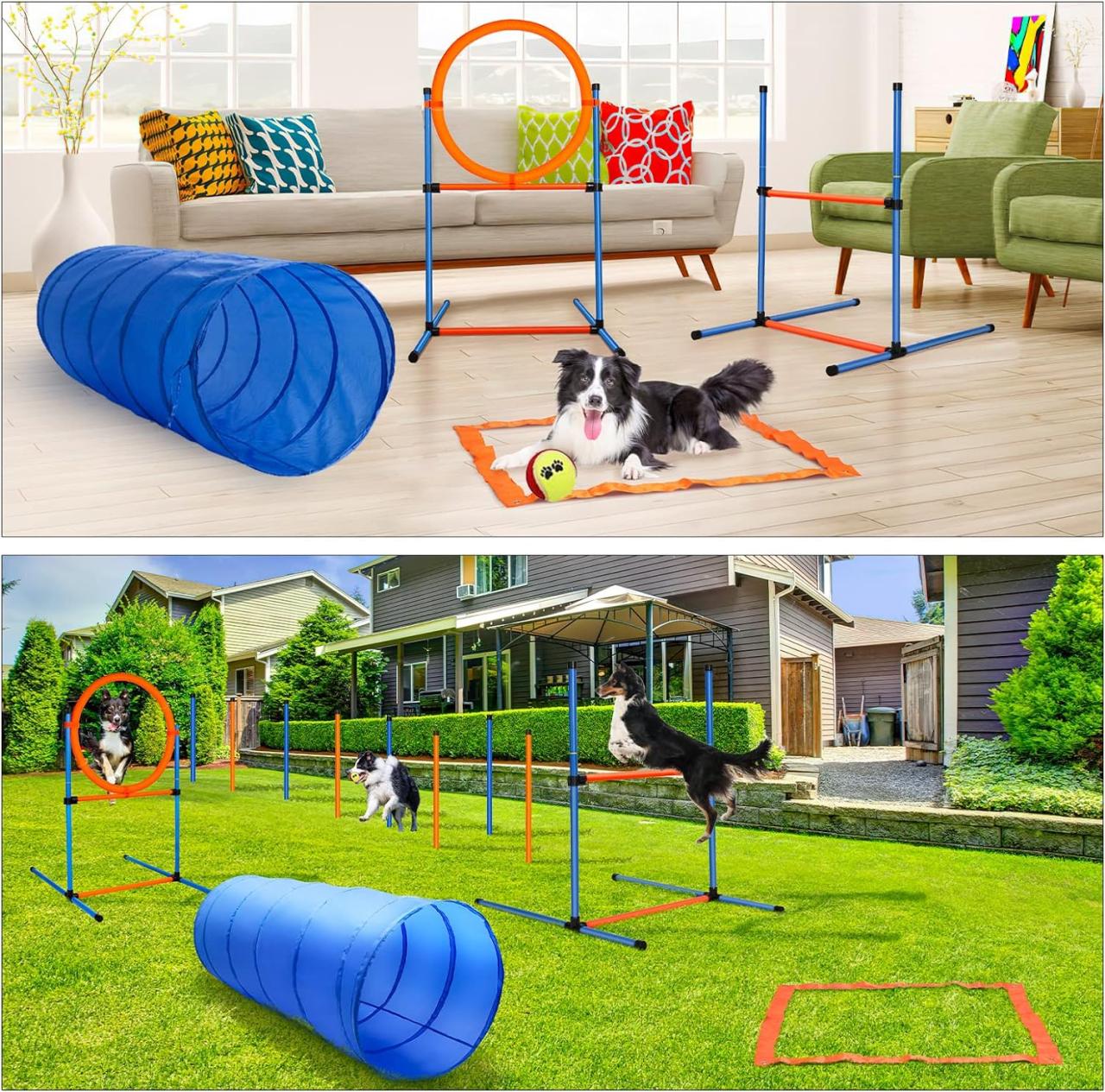
Title: Jumping for Joy: Effective Puppy Jumping Training Methods in the Philippines
Introduction:
Welcoming a new puppy into your home brings boundless joy, but along with the wagging tails and wet noses often comes the challenge of managing jumping behavior. In the Philippines, where space may be limited and cultural norms differ, addressing this behavior is particularly crucial. This article aims to provide a comprehensive guide to effective puppy jumping training methods tailored for the unique context of the Philippines.
I. Understanding Puppy Jumping Behavior:
Puppies jump for various reasons, including excitement, seeking attention, or greeting their owners. While it may seem harmless, excessive jumping can lead to problems such as scratched skin, torn clothing, or even injuries, especially for elderly or young family members.
II. Importance of Puppy Jumping Training in the Philippines:
In the Philippines, where homes are often smaller and densely populated areas are common, addressing jumping behavior becomes paramount. Not only does it ensure the safety and comfort of household members, but it also fosters positive interactions between the puppy and family members or visitors.
III. Positive Reinforcement Training Techniques:
Positive reinforcement is a highly effective method for addressing jumping behavior in puppies. Techniques such as ignoring the jumping, redirecting their attention to an appropriate behavior, and rewarding calm greetings with treats or praise can help teach puppies the desired behavior.
IV. Consistency and Patience in Training:
Consistency is key when training a puppy to stop jumping. All family members should follow the same rules and respond to jumping behavior consistently. It’s essential to remain patient and avoid punishment, as this can confuse or scare the puppy, hindering the training process.
V. Practical Application of Training Methods:
Provide examples of how positive reinforcement techniques can be applied in everyday situations. For instance, when the puppy jumps, turn away and ignore them until they have all four paws on the ground. Once they are calm, reward them with attention or treats.
VI. Environmental Management:
Managing the puppy’s environment can also aid in training. For example, using baby gates to limit access to certain areas or providing a designated space where the puppy can go when excited can help prevent jumping.
VII. Socialization and Exposure to Different Situations:
Proper socialization is crucial for puppies to learn appropriate behavior. Exposing them to a variety of people, environments, and situations from a young age can help reduce anxiety and excitement, leading to less jumping behavior.
VIII. Addressing Challenges and Seeking Professional Help:
If jumping behavior persists despite consistent training efforts, or if it escalates into aggression, seeking professional help from a certified dog trainer or behaviorist is recommended. They can provide tailored guidance and support to address specific challenges.
IX. Conclusion:
In conclusion, addressing jumping behavior in puppies requires patience, consistency, and positive reinforcement. By understanding the reasons behind the behavior, implementing effective training techniques, and providing a structured environment, owners can help their puppies learn appropriate greetings and manners. With dedication and commitment, managing jumping behavior can lead to a happier and more harmonious relationship between puppies and their owners in the Philippines.
No Comments Yet